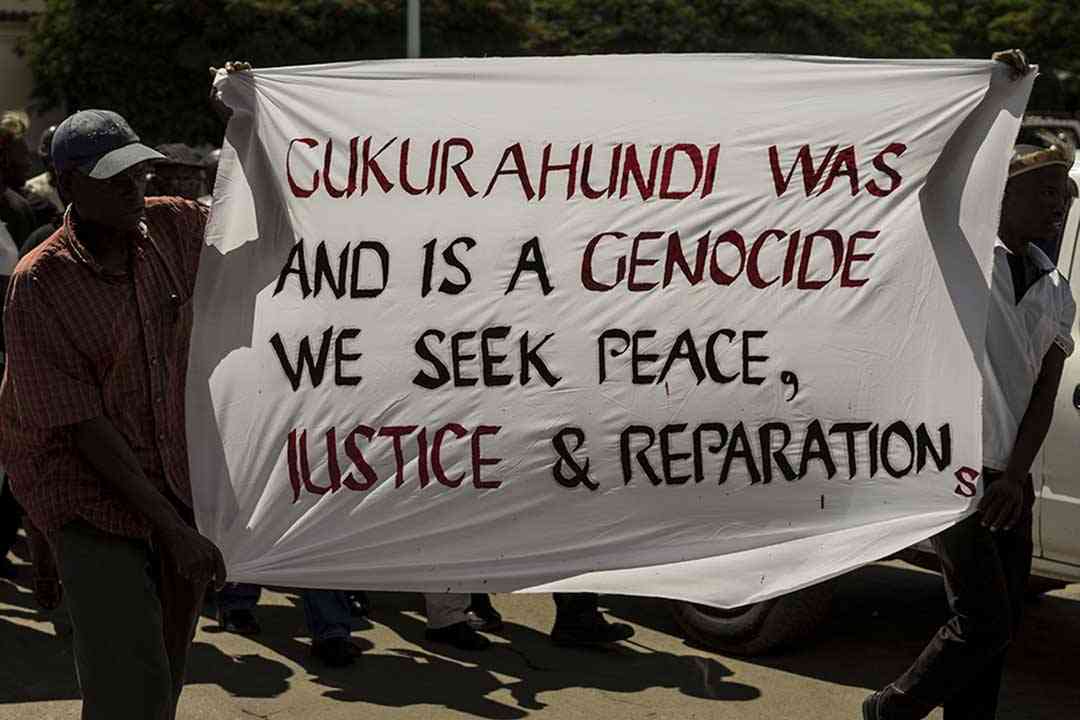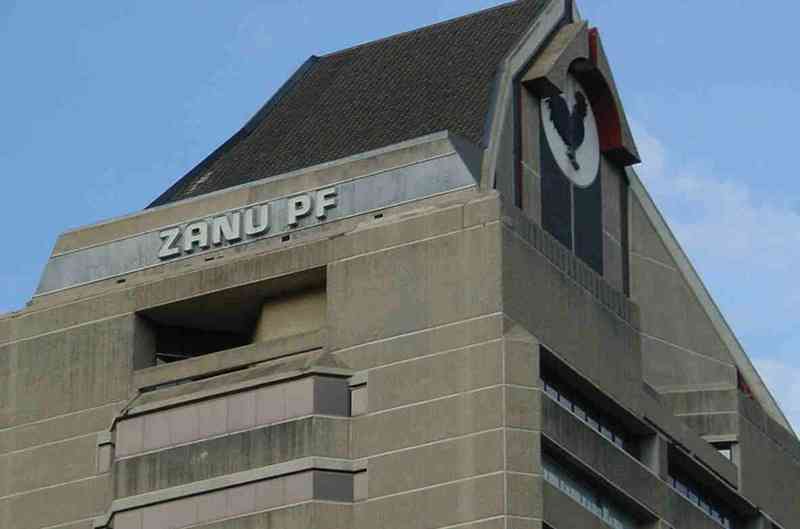
IT has been decades now since the Sanyati-Kadoma Road was repaired despite being one of the busiest commercial link highways in the country.
The road is currently riddled with potholes while deteriorating surfaces have become a daily hazard for motorists, a development which is impeding economic growth in Sanyati district.
The crater-like potholes on the lunar surface force drivers to swerve dangerously to avoid damaging their vehicles, leading to high risks of road traffic accidents.
Residents and the business community of Sanyati district have been demanding urgent action from the local authority as well as central government to rehabilitate the poor road network.
As this critical infrastructure continues to crumble, communities are concerned about the impact this will have on the local economy and travellers’ safety.
Salis Mandebvu (32), a commuter omnibus driver plying the Sanyati-Kadoma route, said they had given up on engaging the government on the rehabilitation of the road.
“These are better described as craters not potholes. What is surprising is that they put loads of gravel on the road and disappear, we need a proper road,” said Mandebvu.
Government’s much-touted Emergency Road Rehabilitation Programme has been brought under the spotlight amid reports that some road networks are still lagging, two years after the project was implemented.
- 340km of Harare-B/bridge highway revamp complete
- Airports Company strikes mega hotel deal
- Chinese chrome smelters wreak havoc on Gweru’s roads
- 340km of Harare-B/bridge highway revamp complete
Keep Reading
Locals say the Sanyati-Kadoma Road was last resurfaced by a good samaritan, Shaun Hundermark, a former Sanyati legislator in the early 1990s.
Today, the 90km stretch of the road is one of the most terrible roads in the country.
“Deliveries are often delayed with potential suppliers shunning this route due to the nature of the road. These delays have an effect on our business operations,” said Albert Khumalo, a shop owner at Nyimo business centre.
According to the government’s economic blueprint, National Development Strategy 1, road networks and infrastructural development are key to the development of the economy.
Despite the government taking pride in progress made in rehabilitating the roads, critics maintain there is nothing to boast about as far as road rehabilitation is concerned.
Yesteryear, the Kadoma-Sanyati Road provided passage for trucks travelling from the cotton fields of Sanyati and Gokwe to the David Whitehead textile manufacturing company in Kadoma.
A vendor at Sanyati Baptist Mission Hospital, who declined to be named, said the bad state of the road had a negative impact on cotton production in the area.
“Last year, few people grew cotton because we feared that our cotton would not be ferried to the market due to the damaged road. This road is one of the worst roads in Zimbabwe and we plead with the government to intervene.”
Some unemployed youths have taken it upon themselves to fill up potholes with gravel before demanding a token of appreciation from motorists.
“What really amuses me is that when an accident occurs, the government quickly blames the drivers for causing it, but it is the government (that is) failing to construct good roads. This road was constructed by the (Ian) Smith regime and the second republic seems not to be moved by its bad state,” said a conductor popularly known in the area as Hwiza.
Sanyati Rural District Council chief executive officer Achim Shadhaya said there was no update concerning rehabilitation of the road as it falls under the Transport ministry.
“The contractors on the ground communicate with the Transport ministry. What I know is that there are two contractors, one who is operating from Sanyati Mission to Nyimo and another one between Jompani and Javachava,” said Shadaya.
There are heaps of gravel along the road that were deposited in July by Sanyati legislator Polite Kambamura.
When contacted for comment, Kambamura referred questions to the Transport ministry.
Efforts to get a comment from Transport and Infrastructural Development minister Felix Mhona were fruitless as he was not picking calls.
Last year, the government recommended the cancellation of a US$3,9 million road works tender awarded to Justice Mayor Wadyajena-owned Mayor Contracting (Pvt) Ltd after the company did a shoddy job on the Kadoma-Sanyati Road.
Department of Roads’ project engineers noted that Mayor Contracting had failed to complete the construction of the road on time, despite constant reminders.
“Progress achieved a month after the date of scheduled completion of the works was far below expected standards,” a report by the engineers read.
During that time, Mayor Contracting (Pvt) Ltd argued that it failed to execute its work on time due to COVID-19 constraints.
However, project engineers felt the excuse was not plausible.
The rehabilitation of Kadoma-Sanyati Road had been scheduled to end on December 14, 2021.
Mashonaland West roads engineer Simbarashe Gomo immediately said the contractor was inadequately resourced in terms of appropriate plant and competent technical personnel on site.
On November 12, 2021, Gomo wrote to the contractor urging the company to show how it intended to recover “lost time and bring back the project on schedule for completion by the contractual date of 14 December 2021.”
On January 6, 2022, Mayor Contracting requested an extension of not more than 35 working days, acknowledging failure to finish the work in December citing COVID-19 complications.
“In the latter days of November 2021, most of our working personnel were affected by the prevailing coronavirus and we had several positive cases, therefore, all who had been in contact had to go into self-quarantine in their respective homes,” wrote one P Wadyajena, cited as the project manager.
He requested to resume work on January 10.
However, on January 17, 2022, Gomo wrote to government saying Mayor Contracting was unable to execute the works in accordance with the approved programme of works.
“The project engineer has studied and reached a conclusion that the contractor is unable to execute the works. Furthermore the contractor has not yet furnished the client with requisite performance bonds and insurances required for contract signing. We recommend that the employer proceeds with contract termination,” Gomo wrote.
The Kadoma-Sanyati Road was originally a strip road with few sections of wide tarred road, but has outlived its design life coupled with inadequate routine and periodic maintenance.










